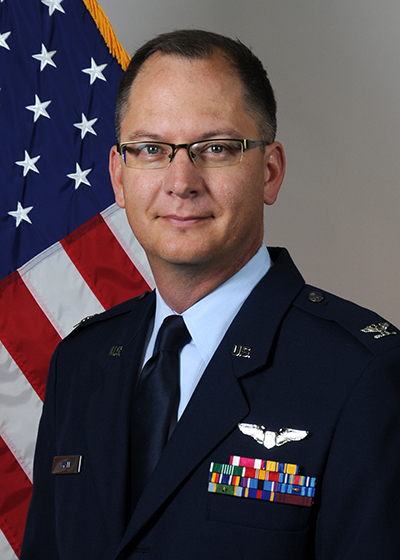In a bold legislative maneuver, South Dakota is setting the stage for a potential transformation in its public education system, particularly concerning the role of religion and spirituality within school walls. A bill that seeks to require public school districts across the state to institute policies permitting the service of chaplains within school buildings has moved one step closer to reality. Representative Al Novstrup, a Republican from Aberdeen, is spearheading this initiative, reflecting a broader trend seen across several states.
South Dakota’s proposed legislation comes at a pivotal time, as the state continues to grapple with the complex interplay of faith and education. Chaplains, who are traditionally known for providing spiritual care in prisons, hospitals, and the military, could soon become a fixture in South Dakota’s public schools. However, this proposal has ignited a debate about the boundaries of church and state, echoing concerns resonant across America.
The bill, which passed out of the House Education Committee by a 10-5 vote, does not specifically outline the duties or qualifications of a chaplain, leaving it to individual school districts to define these parameters. This omission has prompted various discussions about the extent and nature of a chaplain’s role within an educational environment.
Rep. Al Novstrup remarked, “Faith leaders are already involved in many South Dakota schools through clubs and other outreach efforts, but this bill aims to formalize this involvement.” This legislation, therefore, seeks to codify what many argue is already happening informally within South Dakota’s educational institutions.
Nonetheless, the proposition has faced significant opposition from representatives of the state’s public education system and civil rights organizations. The American Civil Liberties Union (ACLU) has voiced strong objections, arguing that such legislation risks infringing on First Amendment rights by veering too close to state-sponsored religion. “Even well-intentioned chaplain policies will undermine the fundamental premise of our public education system and violate our longstanding First Amendment principles,” said Samantha Chapman from the ACLU. The organization fears this could lead to a slew of legal challenges.
Financial considerations also weigh heavily in this debate. Detractors argue that employing chaplains could divert valuable resources away from other critical areas of education, such as mental health services and sports programs known for fostering social skills and team spirit. The American Civil Liberties Union further warned of the fiscal implications, highlighting the potential costs of litigation if the policy is challenged in court.
The controversy doesn’t stop with this bill. Another related legislative proposal calls for the mandatory display of the Ten Commandments in every South Dakota public school classroom and the teaching of their historical significance. This proposal has already passed the Senate and now awaits deliberation in the House of Representatives.
The motivation behind these legislative efforts is clear to some lawmakers. Representative Logan Manhart, another Republican from Aberdeen, stated, “The worst thing that happens is maybe there’s a little more Christianity in schools, and maybe some kids nowadays could use some of that.”
As South Dakota teeters on the edge of a potentially precedent-setting educational reform, stakeholders, from parents to educators, are keeping a watchful eye. Public opinion remains divided, reflecting the broader national conversation about church-state separation, religious freedom, and the role of spiritual guidance in public education.
With this legislation set to move to the House floor, the future of chaplaincy in South Dakota schools hangs in the balance, poised to reshape the educational and spiritual landscape for years to come.
